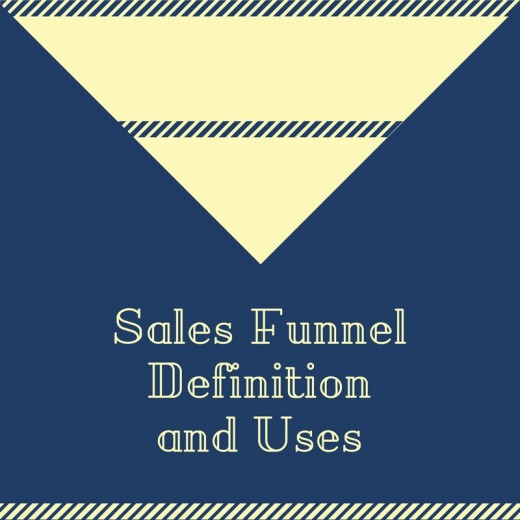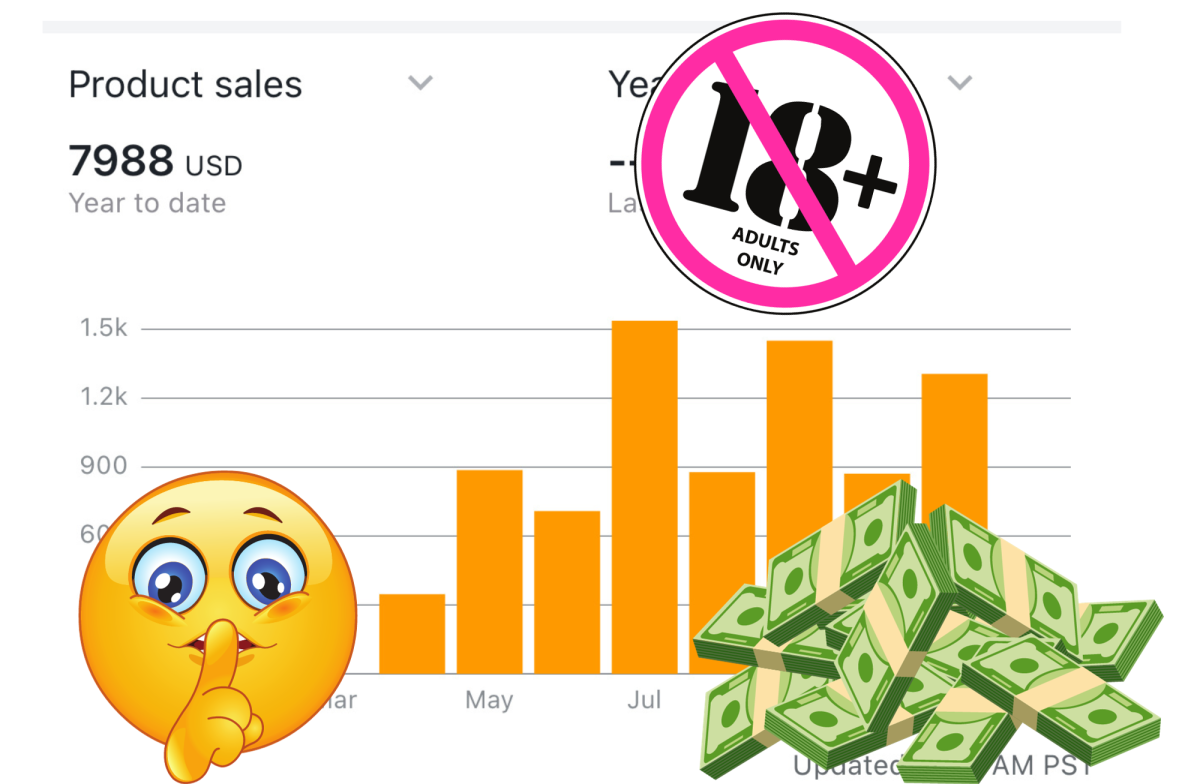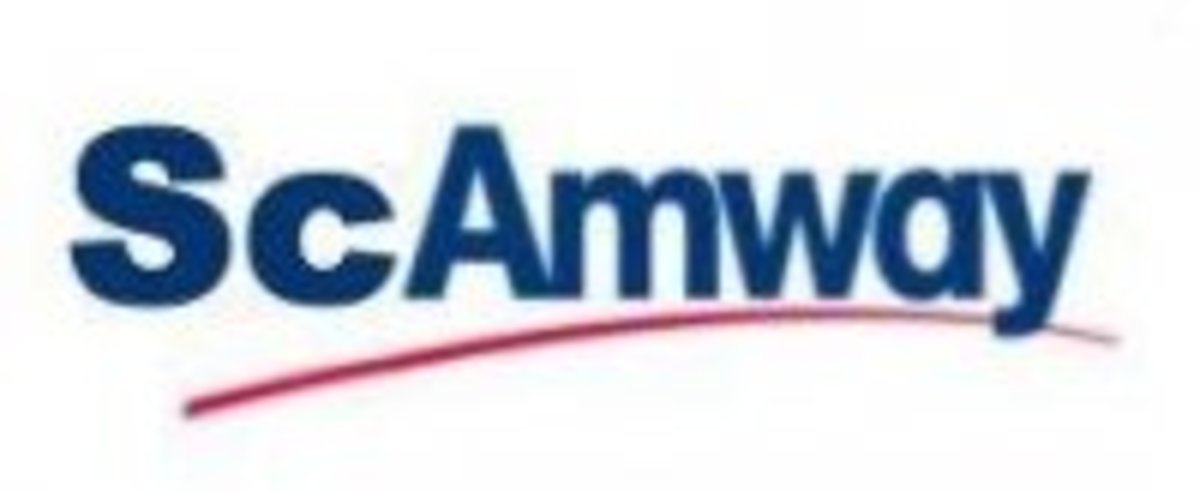Sales Funnel Definition and Uses

What is a Sales Funnel?
A sales funnel is a visualization of the selling process for an organization. This is sometimes referred to as a purchase funnel, customer funnel, marketing funnel, sales pipeline or conversion funnel. The concept evolved out of the AIDA (Attention or Awareness, Interest, Desire and Action) model of the selling process first noted by E. St. Elmo Lewis in 1898. Building on that AIDA model, in 1924, William W. Townsend associated that process with the funnel concept in his book Bond Salesmanship.
Similar to how the common household utensil works, the top gets filled with a large amount of prospects. However, unlike the utensil which passes all contents through to its destination, not all prospects will ever make it through into the pool of paying customers. At each level, more and more prospects will drop out of the process due to a variety factors.
However, regardless of whether a prospect actually makes it through all the way to a sale, the sales funnel provides sales managers and business owners a blueprint of what should be happening at each stage of the selling process.
Sales Process Steps in the Funnel
The actual steps in a particular business' sales funnel may be very different from that of another business due to factors such as amount of the purchase, complexity of the sales process and delivery options.
For example, the sales funnel for a candy bar at a convenience store is relatively short, especially as it relates to length of the sales process. It could be visualized as:
- Top of Sales Funnel (Prospects): All customers who wander through the door.
- Step 1: Customers in need of a sugar rush go to the candy aisle or checkout candy display and grab a candy bar within a few minutes or less.
- Step 2: Customers pays the cashier for the candy bar and leave which takes maybe a minute or less.
Now compare that to a huge commercial purchase such as a jetliner. These purchases have very long sales cycles and may not close at any point due to material shortages, loss of funding, corporate or governmental approvals and a myriad of other factors. This funnel could be visualized in this manner, although it is somewhat simplified for illustration purposes here:
- Top of Sales Funnel (Prospects): All airlines that offer jetliner service (as opposed to private jets or helicopters).
- Step 1: Salespeople would research or network to determine which airlines may be expanding their fleets.
- Step 2: Salespeople make initial contact with procurement personnel at the airlines.
- Step 3: A bid or proposal would be prepared for airlines' consideration. For a complex engineering project such as a jetliner, preparing the proposal could be a major effort involving a whole cast of characters including designers, engineers, material and part vendors, testing facilities, human resources, manufacturing managers and lawyers.
- Step 4: Salespeople would follow up with procurement personnel to determine approval status of the proposal. In large purchases such as these, this step could be anywhere from weeks to months to even years before a client approves the purchase, often requiring multiple contacts with prospects.
- Step 5: Client approves the contract, makes deposits and the jetliner manufacturing process begins.
Note that as the dollar value of the sales increases, so does the sales cycle, time and the number of people involved on both sides of the sales counter.
The Sales Funnel on the Internet
Once a business moves onto the Internet, the sales funnel doesn't really change. Comparing it to the convenience store example above, all visitors to a website represent potential to become customers. However, unlike most people who wander into a convenience store, website visitors may not have an immediate need or desire to actually become customers now. They may be doing research or comparative price shopping. In fact, the percentage of website visitors who actually buy can be extremely small, sometimes on the order of low single digit percentages.
Use of the Sales Funnel in Sales Forecasting
When business owners or sales managers develop sales forecasts, using the sales funnel can help figure out how many prospects could potentially convert into sales. The farther along prospects are in the process, the greater the likelihood that they will convert into actual customers and sales. Why? Because prospects who are not truly interested will not take next steps toward purchasing such as requesting more information, quotes and contract proposals.
As the sales process is reviewed, the time spent in each stage of the process and closing ratios should be noted. This helps in forecasting cash flow. For example, say prospects who have received a complete proposal from a salesperson typically take up to 30 days to close the deal and approximately 50 percent of them actually do close. So in forecasting, 50 percent of the proposals can be projected to convert into cash within 30 days.
Using Sales Funnel Analysis to Identify Problem Areas
When analyzing a business' typical sales funnel, problems may be detected that are affecting cash flow and profits. For example, a business may note that the selling process goes rather swiftly at the beginning, but then seems to stall or even terminate after a proposal is submitted. This could indicate that salespeople are not properly following up with prospects. Or it could indicate that the company's advertising is working very well, but problems may exist in pricing, products or services which make prospects hesitate.
Another problem that may be identified is that a large majority of submitted proposals are actually closing, but revenues are flat or declining. This could be indicative of ineffective advertising and marketing which are not drawing enough prospects into the top of the funnel.
Using the Sales Funnel to Plan Advertising and Promotions
One of the objectives of analyzing a business' sales funnel is to determine when it may be advantageous to do advertising, marketing and sales promotions. If the objective is to draw a larger group of prospects into the top of the funnel, then the focus would be on efforts such as advertising and content marketing (blogs, webinars, etc.) to gain the interest of target demographic groups. On the other hand, if the objective is to bring more proposals and quotes to a successful close, the focus would be on promotions such as special financing, discounts and other incentives to encourage those closer to the bottom of the funnel to buy now!
This article is accurate and true to the best of the author’s knowledge. Content is for informational or entertainment purposes only and does not substitute for personal counsel or professional advice in business, financial, legal, or technical matters.
© 2013 Heidi Thorne







